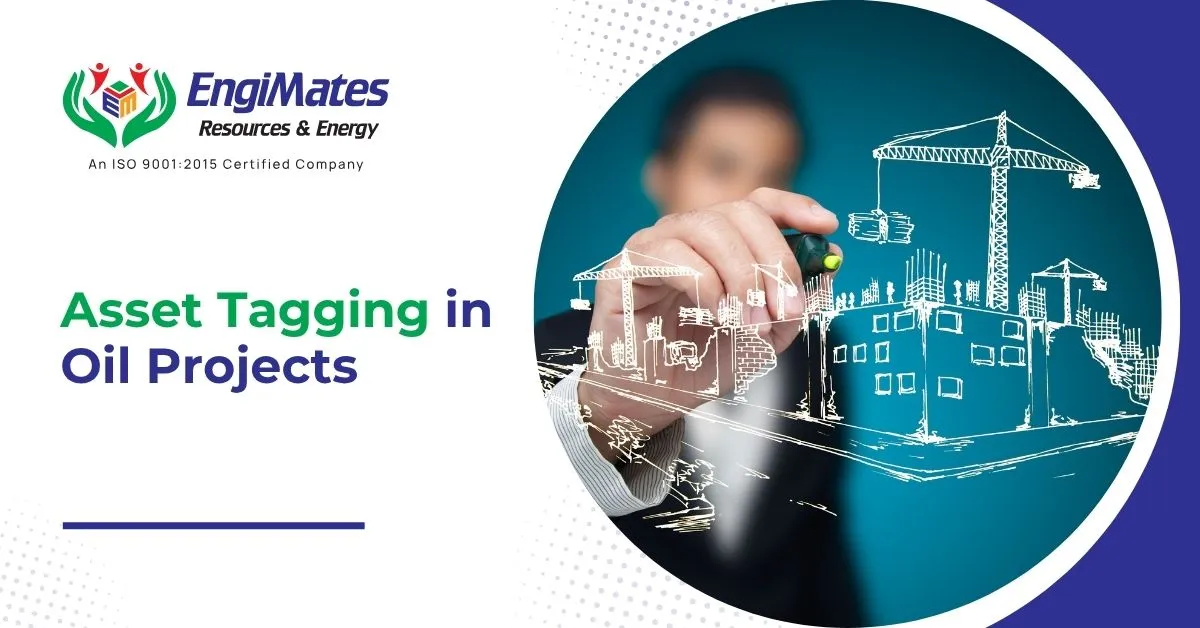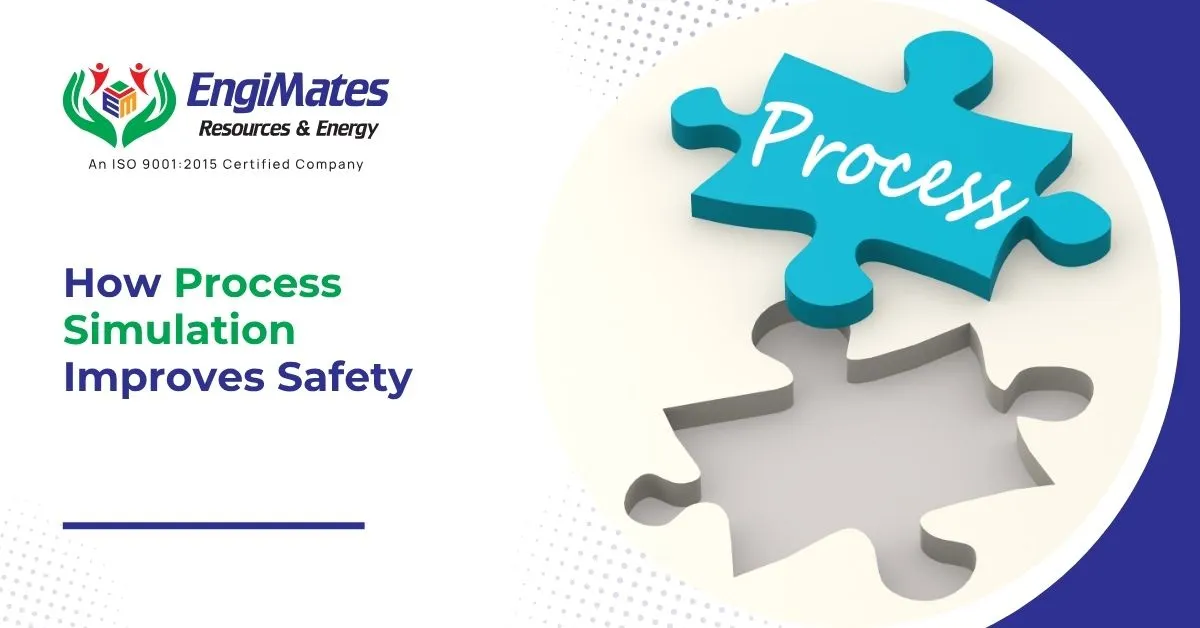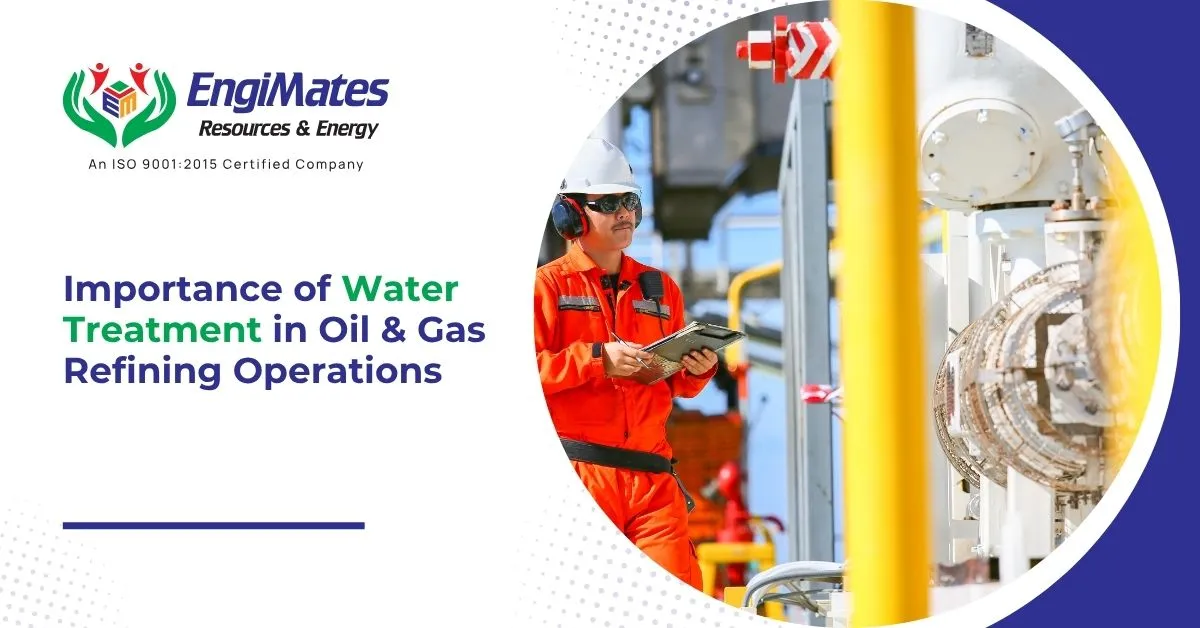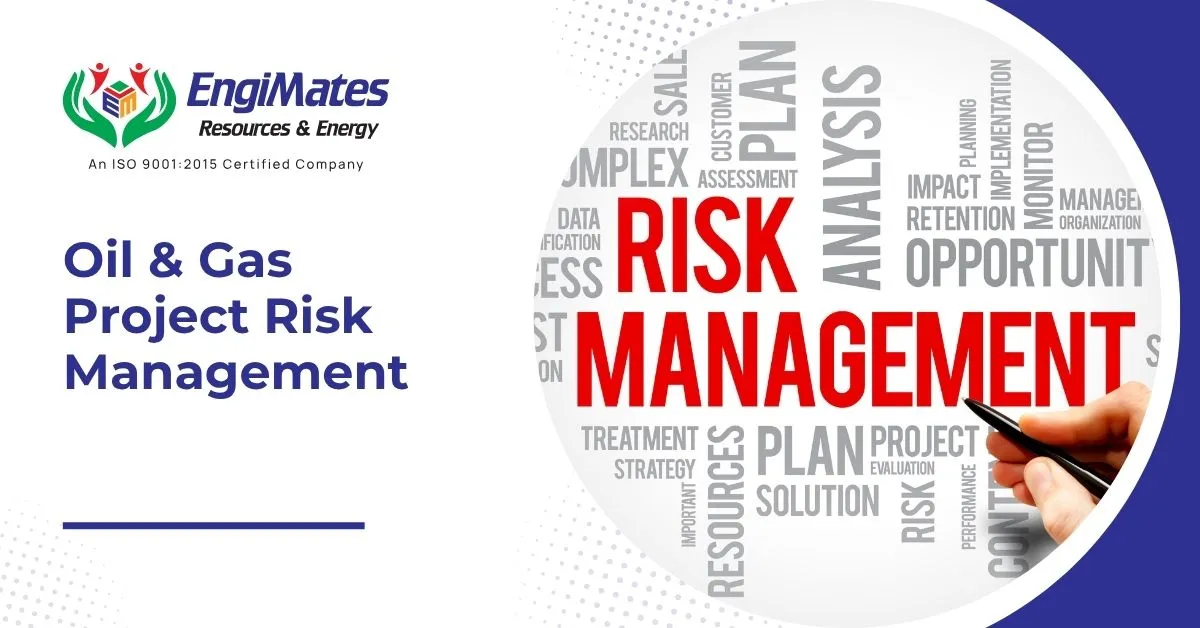Safety is a top priority in the oil, gas, and refining industry, where complex systems…

In complex oil and gas facilities—whether upstream, midstream, or downstream—keeping track of thousands of pieces of equipment, instruments, pipelines, and valves is a formidable task. That’s where asset tagging plays a critical role.
Table of Contents
Asset tagging ensures each physical asset in a project is uniquely identified, traceable, and linked to its technical data and operational history. This systematic approach not only supports efficient commissioning and maintenance but also strengthens compliance, safety, and cost control.
What is Asset Tagging in Oil & Gas Projects?
Asset tagging refers to the practice of assigning a unique identification code (or tag) to every physical asset—equipment, valves, pipes, instruments, motors, and even cable trays. These tags are used for:
- Equipment identification
- Location tracking
- Maintenance scheduling
- Regulatory compliance
- Digital integration with CMMS or ERP systems
Tags are often applied as QR codes, RFID labels, barcodes, or engraved plates depending on the environment and asset type.
Example: Tag Number “P-101A” may identify the primary pump in a glycol dehydration unit, with links to its datasheet, location, and service history.
Why Asset Tagging is Crucial in Oil Projects?
1. Improved Equipment Traceability
With thousands of components across multiple systems, asset tagging provides real-time visibility into what equipment is installed where and how it’s performing.
2. Streamlined Commissioning and Handover
Accurate tagging ensures smooth verification of installed items against P&IDs, loop diagrams, and inspection test plans (ITPs) during mechanical completion and commissioning.
Need help streamlining asset tagging for your oil & gas project? Partner with EngiMates to achieve accuracy, compliance, and traceability across your entire facility.
3. Faster Maintenance and Downtime Reduction
Technicians can scan a tag to instantly access equipment history, manuals, spares list, and maintenance logs—enabling faster diagnostics and repairs.
4. Compliance and Audit Readiness
Regulatory agencies (like OSHA, ISO, API) often require verifiable records of equipment inspection and maintenance. Asset tagging makes audit trails automatic and reliable.
5. Integration with Digital Platforms (CMMS/ERP/SCADA)
Modern tags enable data to sync directly with software platforms for:
- Inventory management
- Condition monitoring
- Work order generation
- Asset lifecycle tracking
This is essential for digital oilfield transformation and Industry 4.0 initiatives.
What Should Be Tagged?
| Asset Category | Examples |
| Mechanical Equipment | Pumps, compressors, vessels, exchangers |
| Instrumentation | Transmitters, control valves, sensors |
| Piping | Valves, flanges, pipe runs |
| Electrical Systems | Motors, MCC panels, UPS, generators |
| Structures | Skids, supports, cable trays |
| Miscellaneous | Fire protection systems, HVAC units |
EngiMates Expertise in Asset Tagging
At EngiMates Resources and Energy Pvt Ltd, we deliver precise and standards-compliant asset tagging for oil and gas projects across:
- FEED and Detailed Engineering
- Procurement and Material Coding
- 3D Modeling and SmartPlant Integration
- Commissioning and Mechanical Completion
- CMMS/ERP onboarding and documentation handover
Our team ensures that every tag aligns with client standards, API/ASME coding practices, and digital twin models, enabling future-ready asset management.
Frequently Asked Questions
What is the purpose of asset tagging in oil projects?
Asset tagging helps track, manage, and maintain physical assets like pumps, valves, and sensors by assigning them unique identifiers linked to technical data.
What technologies are used for tagging?
Tags can be RFID labels, QR codes, barcodes, or engraved plates depending on environment, mobility, and maintenance needs.
How does asset tagging improve project commissioning?
It ensures that installed equipment matches design specifications and simplifies verification during punch listing, inspection, and testing.
Can asset tags be integrated with CMMS or ERP systems?
Yes. Smart tags link asset data directly to CMMS or ERP software, enabling seamless maintenance tracking and digital workflows.
Is asset tagging mandatory in oil & gas projects?
While not always legally required, asset tagging is considered an industry best practice and is often essential for audit, safety, and maintenance compliance.
Conclusion
In high-stakes industries like oil and gas, where equipment reliability, compliance, and operational efficiency are paramount, asset tagging is not just a support function—it’s a foundational practice. From construction through commissioning and ongoing operations, properly tagged assets enable seamless traceability, accurate maintenance, and smart integration with digital platforms.




